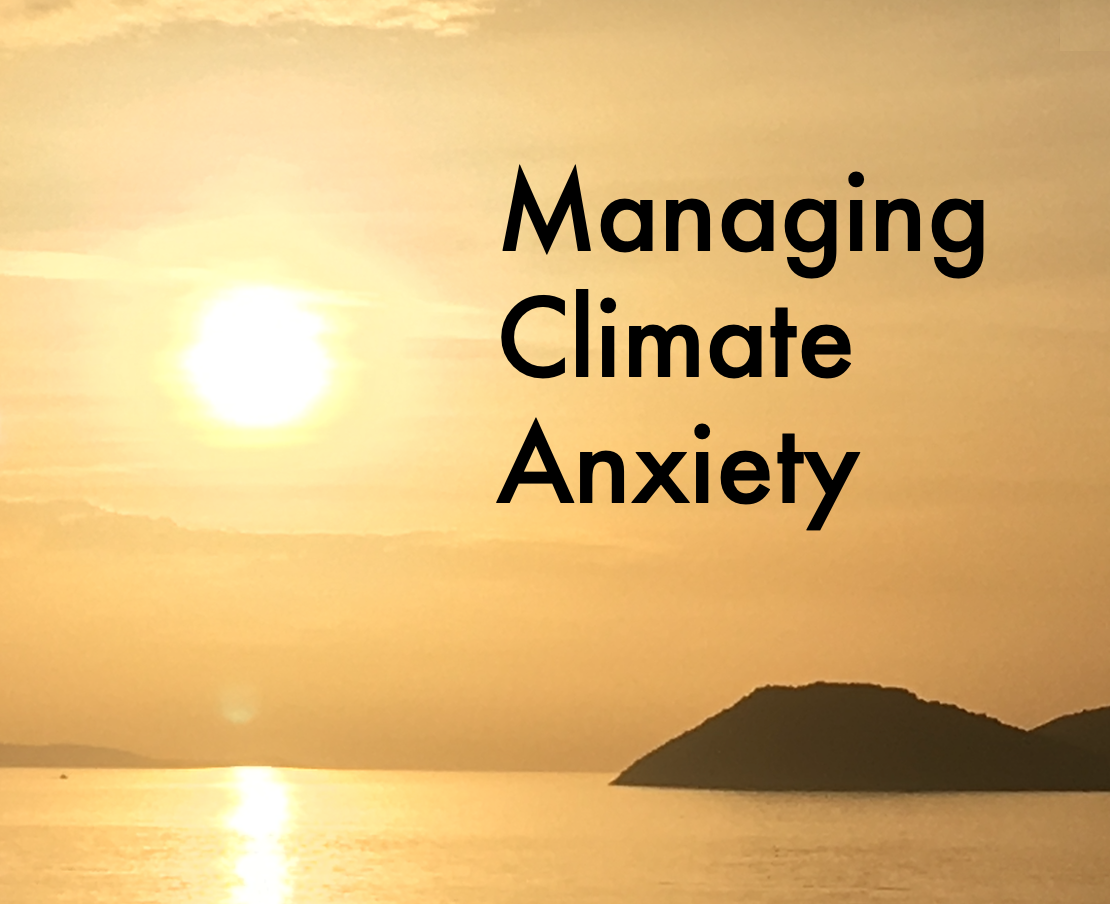
As climate change continues to make headlines, it’s no surprise that many of us are feeling anxious about the future. The rising temperatures, extreme weather events, and environmental degradation can seem overwhelming and out of our control. But there’s a powerful tool that can help manage this anxiety and restore a sense of calm: meditation.
Understanding Climate Anxiety
Climate anxiety is a growing concern as people worry about the impact of environmental issues on the planet and future generations. It’s natural to feel concerned about these pressing challenges, but constant worry can take a toll on your mental health. If you find yourself feeling overwhelmed, you’re not alone.
How Meditation Can Help
Meditation is more than just sitting quietly; it’s a practice that helps you connect with your inner self and find peace amidst chaos. Here’s how it can specifically help with climate anxiety:
1. Grounding Yourself: Meditation helps anchor you in the present moment. By focusing on your breath and your immediate surroundings, you can reduce the overwhelming sense of fear about the future.
2. Managing Stress: Regular meditation can lower stress levels and improve your overall mood. This can help you respond to climate concerns with a clearer, calmer mindset.
3. Building Resilience: Meditation fosters a sense of inner strength and resilience. This can empower you to take positive actions, rather than feeling paralyzed by anxiety.
4. Creating a Positive Impact: Through meditation, you can develop a more balanced perspective. This can inspire you to engage in environmental actions with a sense of hope and purpose, rather than fear.
Simple Meditation Techniques for Climate Anxiety
5. Breathing Exercises: Find a quiet spot, close your eyes, and focus on your breath. Inhale deeply through your nose, hold for a few seconds, and exhale slowly through your mouth. This simple exercise helps calm your mind and body.
6. Guided Imagery: Picture a serene natural environment, like a peaceful forest or a calm beach. Imagine yourself in this space, absorbing its tranquility. This mental escape can help soothe your worries.
7. Mindfulness Meditation: Practice being fully present in the moment. Notice your thoughts and feelings without judgment. Acknowledge your anxiety but gently bring your focus back to the present.
8. Loving-Kindness Meditation: Send positive thoughts and wishes to yourself and others, including those who are working to address climate issues. This practice can foster compassion and hope.
Taking Action with a Calm Mind
Meditation isn’t about ignoring climate issues; it’s about managing your response to them. By finding inner peace, you can approach environmental challenges with a clearer, more constructive mindset. Whether it’s supporting green initiatives, reducing your carbon footprint, or advocating for change, meditation can give you the emotional resilience to take meaningful action.
Conclusion
In a world filled with environmental uncertainty, meditation offers a sanctuary of calm and clarity. It helps manage the stress and anxiety that can accompany climate concerns, empowering you to face the future with hope and resilience. By incorporating meditation into your daily routine, you can find peace within yourself and approach climate issues with a balanced and proactive mindset. Start today, and let meditation be your guide to tranquility in an uncertain world.


